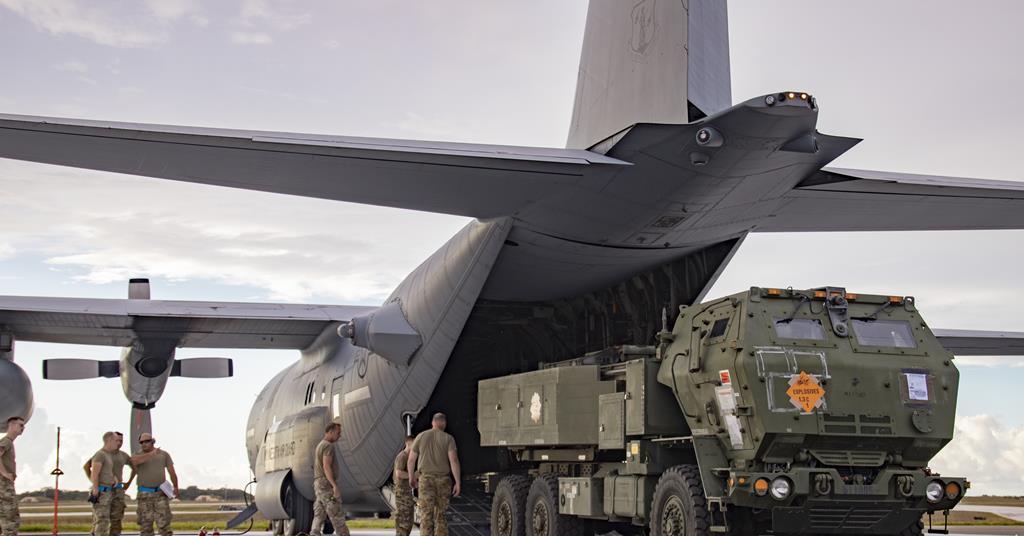Your spamming of this forum has nothing to do with me and trying to attribute this to me demonstrates a level of immaturity, that suggests perhaps you are not ready to join a vibrant, mature defence community designed for healthy debate, sharing of knowledge, and creative/critical thinking. This level of maturity is also clearly evident in the way you write.
Even the odd outlandish idea is not a bad thing, as sometimes career professionals can have their thinking limited by the environment they are in. These outlandish ideas can sometimes stimulate different trains of thought, which is a good thing to solve the many challenges we face.
Even some light banter is welcomed.
I would also encourage you to not just think outside the box but remove it entirely. But do so in a respectful and articulate manner with reasoned arguments. Take some time to read and research the full picture of the issues at play, read between the lines and then present some original ideas not just regurgitated older posts. This forum and its predecessors have been running for a long time. Sometimes you will get it right, if not you’ll be corrected.
I might also direct you to the
forum rules
The sheer volume of posts you have done in the short time since joining suggests maybe you are trying too hard. Take some to read, think about and understand what some of the professionals (defence or otherwise) are saying. There are a lot of very knowledgeable people on this forum from all sectors. Have you heard the phrase "two ears and one mouth.".
The huge challenges the world faces require new ideas multi-discipline approaches, and learnings from experiences across a variety of sectors. All contributions are welcome. Ego and arrogance are not.
Please actually, properly read and understand what I wrote.
I bet you do.
Indeed, so you are suggesting in a time-critical emergency our limited C130s fly backwards from Richmond to Adelaide, then another 5-12 hours, rather than direct from Richmond to Brisbane and then 3- 8 hours?
Absolutely understand the missile ranges are in SA but the live firing of missiles doesn't happen often. Missiles are expensive.
While being integrated, sure fine put them in Adelaide, but long-term IMHO they are better placed further North, Especially the NASAMS, not expecting an air attack in Adelaide any time soon.
We are aware of how HIMARS is used but what are the target sets that require GMLRS, that can't be neutralized by other effects? and where do you expect to deploy them?

